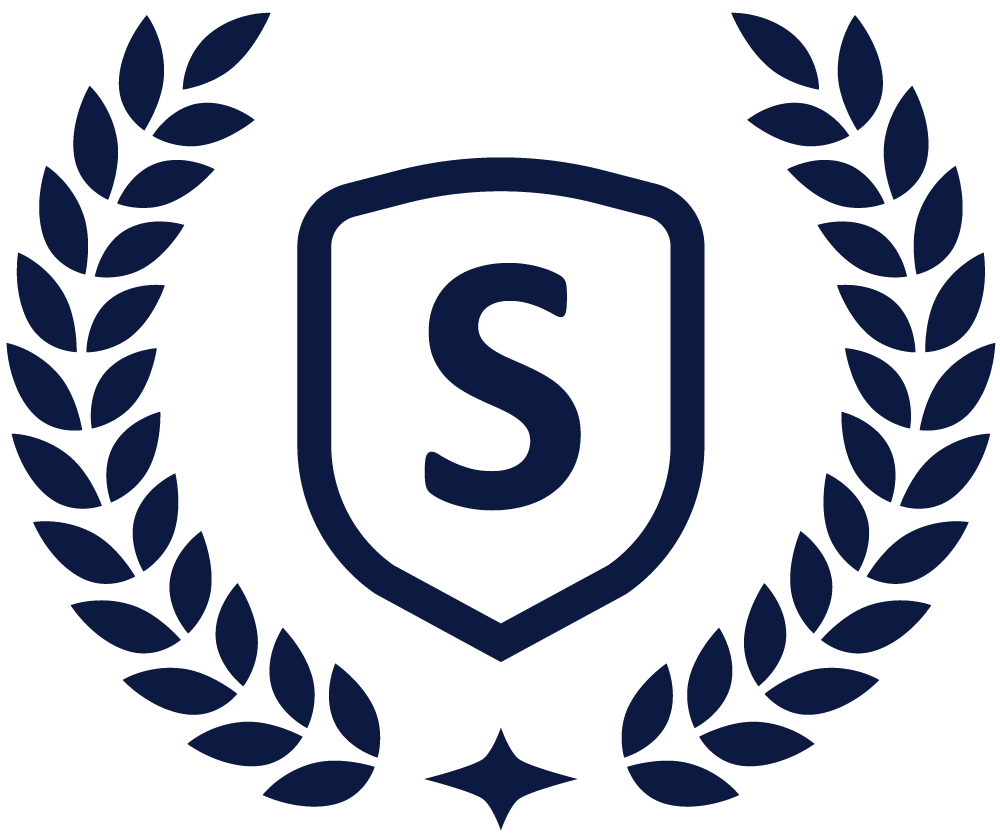132 Hour – Occupational Safety and Health Professional
Designed for CEOs, managers, supervisors, safety directors, safety consultants, and other leaders within an organization who operate in a general industry setting.
4.9 (2,929 Ratings)
Course Features
What you’ll learn
This program is the best value for ambitious students who want to get the most out of their safety training experience. If you have high-career goals, are passionate about the occupational safety and health field, and want to develop the skills needed to effectively manage safety in your workplace, this program provides the benefits you need to succeed. Maximize potential transfer credits, earn CEUs, or prepare for other professional credentials by completing this program now!
What is the right career path for you?
There are several safety positions with different levels of responsibility in an Occupational Safety and Health career path. Each advancing level typically requires higher levels of experience, education, and knowledge and skills in leadership, business practices, safety and health, and communication and information technology.
This training program is designed for CEOs, managers, supervisors, safety directors, safety consultants, and other leaders within an organization who operate in a general industry setting. Any individual who has a fiscal, legal, and moral responsibility to ensure the health and safety of employees at a work site should complete this program.
This program also benefits individuals seeking to break into the safety industry, as the program provides the most in-depth look on how to effectively manage safety within an organization. This program helps you develop the essential skills you will need for your future job as a safety leader in any organization.
Whether you are trying to break into the safety field, stay current in your industry or get promoted, this program is the best way to reach these goals. When you complete this program and purchase certificates, you will be able to:
- Maximize potential transfer credit when applying for admission to a college or university.
- Receive a 10% tuition discount at Columbia Southern University.
- Qualify for up to 13.2 continuing education units (CEUs) as part of a professional development program.
- Prepare for theCertified Safety Professional (CSP), Certified Safety Manager (CSHM), Certified Environmental Safety & Health Trainer (CET), and other professional credentials.
- Meet some of the criteria set forth by the Institute for Safety and Health Management (ISHM)if you are applying for the Associate Safety & Health Manager (ASHM)
132 Hour – Occupational Safety & Health Professional Course Consist Of the Following Topics:
- Introduction to Safety Management
- Effective Safety Committee Operations
- Effective Accident Investigation
- Introduction to OSH Training
- Hazards Analysis & Control
- Hazard Communication Program
- Conducting a Job Hazard Analysis
- Effective Safety Committee Meetings
- OSHA 300 Record Keeping
- Personal Protective Equipment – PPE
- Energy Control Program – LOTO
- Introduction to Ergonomics
- Safety Supervision & Leadership
- Confined Space Program
- Fall Protection Program
- Electrical Safety Basics
- Safety Management System Evaluation
- Emergency Action Plan
- Fire Prevention Plan
- Fleet Safety Management
- Preventing Workplace Violence
- Developing OSH Training
- Ergonomic Program Management
- Conducting OSH Training
- Introduction to Industrial Hygiene
- Bloodborne Pathogens Program Management
100% Satisfaction Guarantee
We understand that safety is paramount for any organization. That’s why we guarantee 100% satisfaction with our services and products.
Lifetime Support
We provide lifetime support and assistance to our valued customers. Our team is available 24/7 to offer help and guidance whenever needed.
Expertise and Knowledge
We have a team of highly experienced and knowledgeable professionals who can provide expert advice on safety related issues.
Related Courses
In addition to the topics covered in this course, many other related courses can provide additional information and resources. Here are some popular ones.
NEBOSH International General Certificate (IGC)
48 Hour – Occupational Safety & Health Manager
44 Hour – Occupational Safety & Health Specialists
12+
Years Of Experience
15K+
Qualified Students
10+
Certified Trainers
100+
Courses & Programs
Testimonials
What Students are Saying
Check out our students’ testimonials and know how our institution has created a mark in the arena of professional education & training.
The Future Belongs To Those Who See Possibilities Today
At Safety Institute Pakistan, we understand the importance of preparing for the future. We strive to provide our students with quality education and training that will equip them with the skills and knowledge needed to be successful in their fields.
We are dedicated to helping our students find career success, so they can positively contribute to society. With our courses and qualifications, we are sure that you will be able to find success in your career path.




